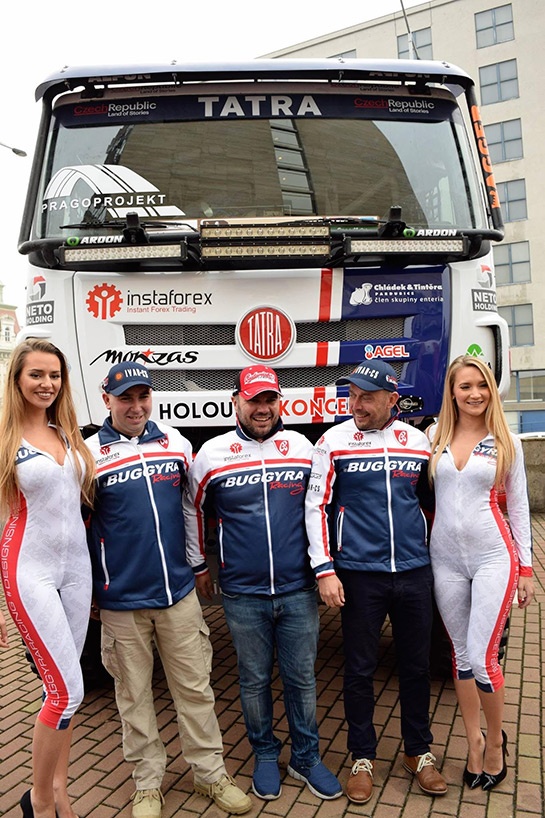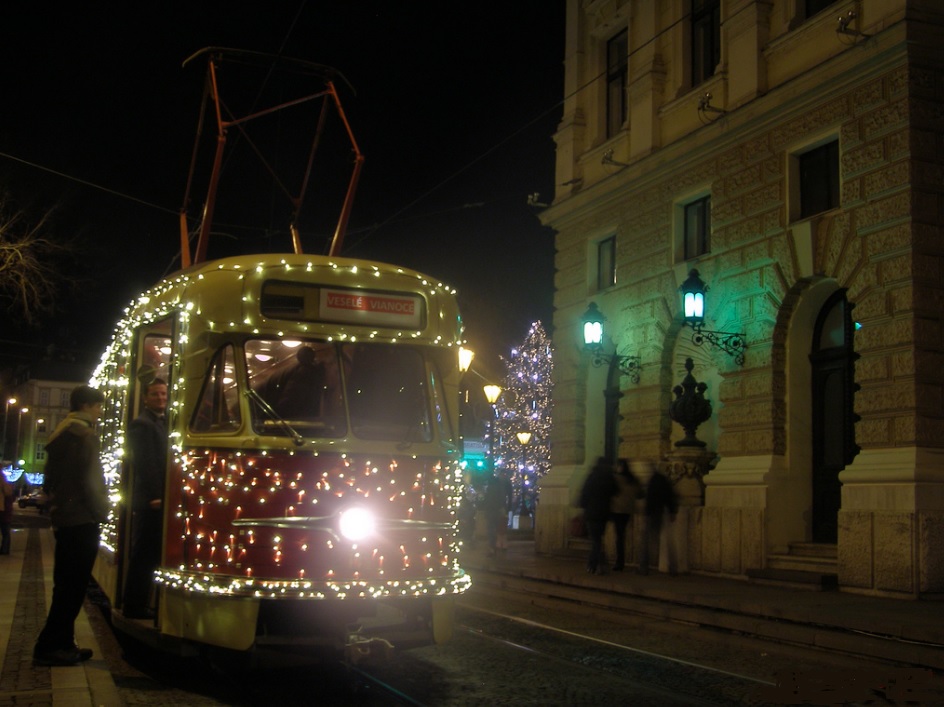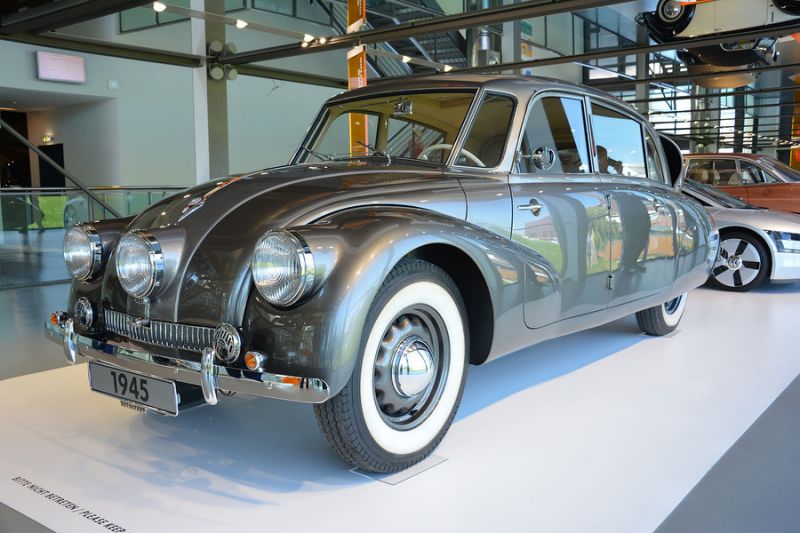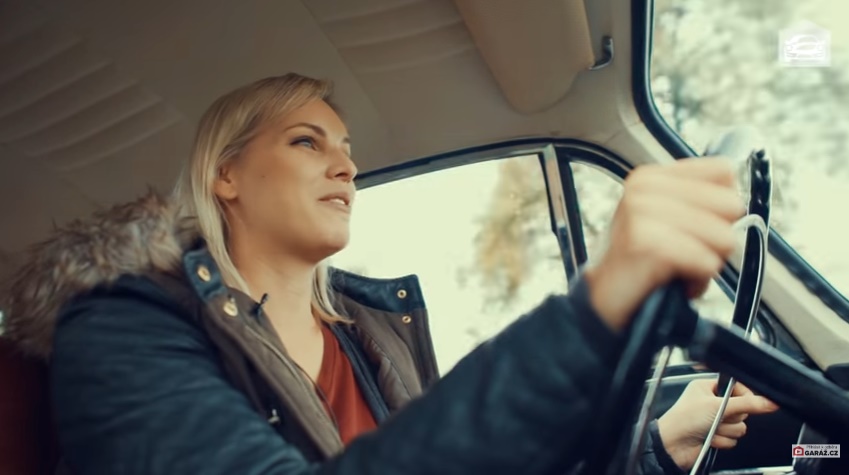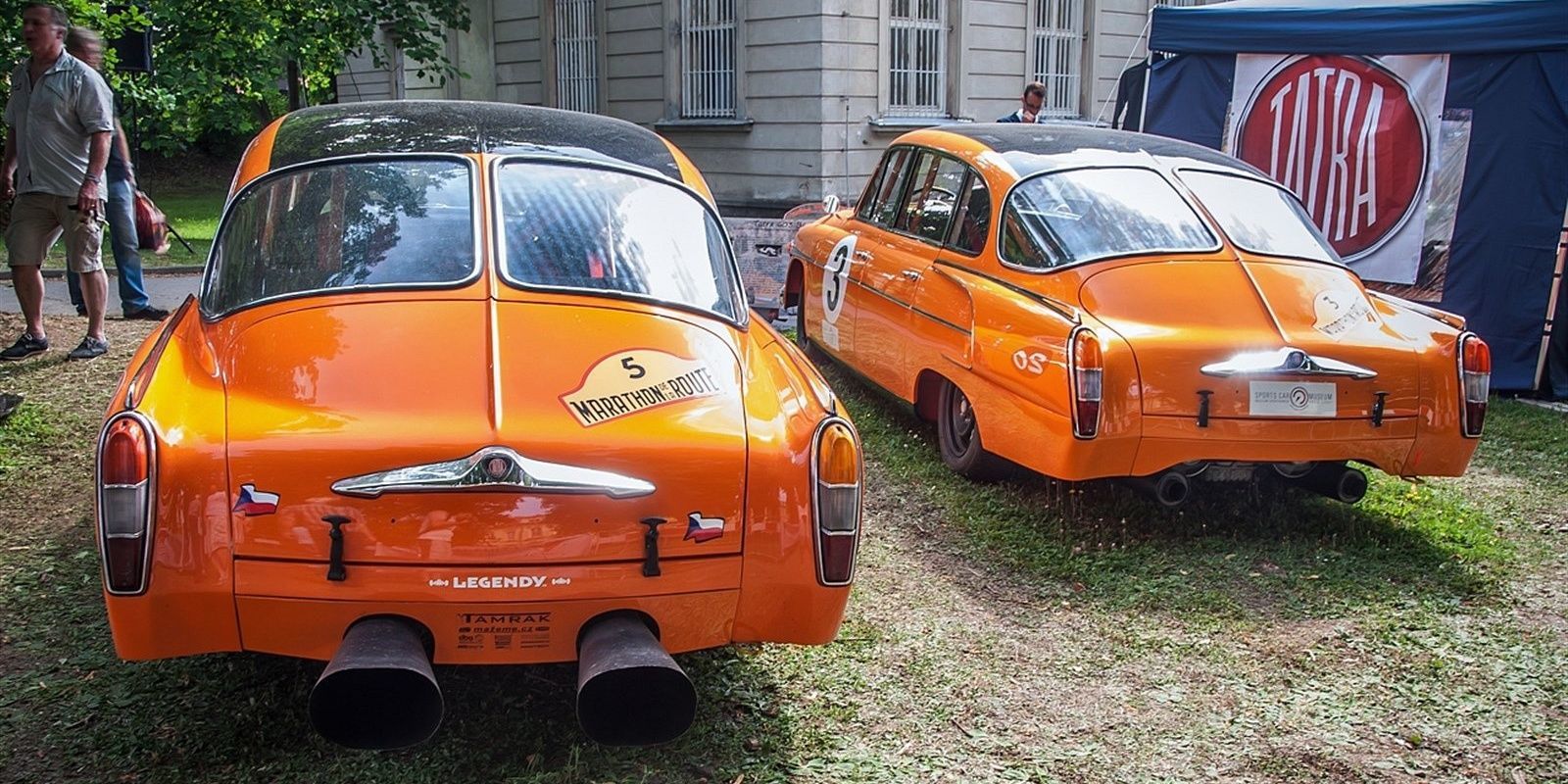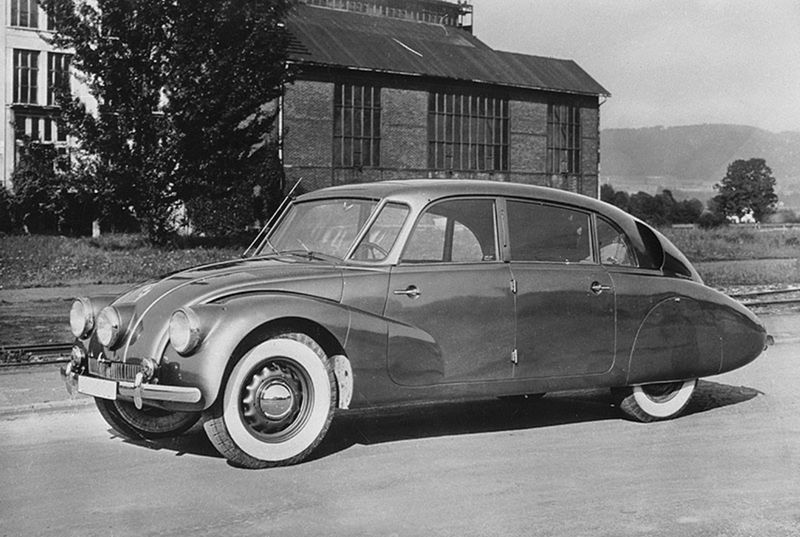“Talking too much brings bad luck”
Ales Loprais raced his first seven Dakars in a Tatra before switching to a MAN in 2015 when he realised that his Tatra wasn’t going to be able to meet FIA regulations. He finished in 4th place that year but in 2016 raced an IVECO with the De Rooy team after getting chatting to De Rooy Junior while they were both getting a massage. Apparently De Rooy told Ales’ physio to give him a good massage because his back must be hurting! Unfortunately Ales went out early with mechanical problems but for 2017 he is back to his first love, the Tatra. It is the brand with which he has achieved his ‘only’ Dakar podium to date (3rd place in 2007) and with which he’d very much like to take his first Dakar win, something his uncle Karel Loprais achieved a staggering 6 times during his career.
“It is great to be back with the Tatra team, they made me a good offer but I was also persuaded by the Czech fans who really pushed me to go back to the brand. I don’t like to talk too much about what might happen on the Dakar -I think it brings bad luck- but obviously, after winning the Silk Way and finishing on the podium on the Dakar, I’m not entering just to make up the numbers. This year I have an excellent team behind me, a good truck and some very experienced co-drivers in the form of Jiri Stross and Martin Prokop’s WRC navigator, Jan Tomanek. Let’s just say that all the ingredients are there to be able to achieve a good result.”
Just three Tatras are entered in the 2017 Dakar, mainly because the Bonver Dakar Team experienced health problems last year after the Silk Way Rally. They will head for the Africa Eco race instead. The disabled Albert Llovera will therefore be the only BonverDakar Project Tatra representative in South America.
With Marin Kolomy and Ales Loprais as drivers, the Buggyra Team can present the strongest Tatra team for years.
Ales Loprais: “Talking too much brings bad luck”
Ales Loprais raced his first seven Dakars in a Tatra before switching to a MAN in 2015 when he realised that his Tatra wasn’t going to be able to meet FIA regulations. He finished in 4th place that year but in 2016 raced an IVECO with the De Rooy team after getting chatting to De Rooy Junior while they were both getting a massage. Apparently De Rooy told Ales’ physio to give him a good massage because his back must be hurting! Unfortunately Ales went out early with mechanical problems but for 2017 he is back to his first love, the Tatra. It is the brand with which he has achieved his ‘only’ Dakar podium to date (3rd place in 2007) and with which he’d very much like to take his first Dakar win, something his uncle Karel Loprais achieved a staggering 6 times during his career.
“It is great to be back with the Tatra team, they made me a good offer but I was also persuaded by the Czech fans who really pushed me to go back to the brand. I don’t like to talk too much about what might happen on the Dakar -I think it brings bad luck- but obviously, after winning the Silk Way and finishing on the podium on the Dakar, I’m not entering just to make up the numbers. This year I have an excellent team behind me, a good truck and some very experienced co-drivers in the form of Jiri Stross and Martin Prokop’s WRC navigator, Jan Tomanek. Let’s just say that all the ingredients are there to be able to achieve a good result.”
Martin Kolomy: “The signing of Ales (Loprais) is a major advance for us”
Back with a new truck, the Tatra Phoenix, Martin Kolomy is hoping for a better result than in 2016, when he finished in 17th place overall, after having knocked on the door of the Top 5 earlier on in the race. To take on the might of the De Rooy and Kamaz teams he will be once again counting on his faithful crew members, the Kilian brothers, David and Rene. He will also be able to count on the support of the Tatra Buggyra Racing team’s latest recruit, none other than Ales Loprais.
M.K. “The signing of Ales is, in my opinion, a major advance for us. Team success comes from having more quick drivers. In addition, in the past two years Ales has been learning new things in foreign teams and I believe that his experience could be very interesting and inspiring for us.”
Albert Llovera
participated in the Dakar 2016 to the controls of a truck. A couple of months before the appointment, a pilot was injured and had to resign. They proposed to occupy his place. He showed up without ever having brought a truck. He thought that it would serve him to make miles and get experience for future editions. Despite the riskiness of the decision, it did not go wrong. It finished in the position 35.
This will be his fifth participation in the Dakar. In 2015 I managed to finish the test in a buggy after two years trying it – 2007 and 2014. He managed to fulfil a personal challenge: to complete the world’s toughest raid wheelchair rally. His desire for improvement is incontestable since at 18 years of suffering a ski accident that caused a spinal cord injury and loss of motor skills. Her life has always been closely linked to sport, before and after the accident. With 17 participated in the Olympic Games of Winter of Sarajevo. He then competed in Paralympic basketball, played adventure sports and developed a long career as a rally driver, showing his versatility to drive in snow, dirt or sand, to the controls of cars and trucks. He returns to the Dakar with the same truck as last year, after two tests in the Czech Republic and Morocco, and with the same spirit of struggle and improvement he has always demonstrated.
A.LL: “Last year I lived a very rewarding experience, despite being my first time in a truck. The first few days I had problems with the adjustment to the controls. We lost 7 or 8 hours. Another day we broke a transmission on the sand, we arrived very late and did not give us time other than to change monkeys and come out again. This year I would like to do better than last year and be among the top 20. The Dakar is an adventure that is getting faster and faster and I really like it. It looks more like a rally. People have to know how to go for sand but also for roads. I am very versatile. I like to do everything and try new things. With the wheelchair is something more difficult and tired, especially in the bivouac, since we can not move well through the sand or go to the toilet. However I go in store and sleep very at ease. Despite the limitations, I try to be one more. The chair is under my ass, not in the head. “
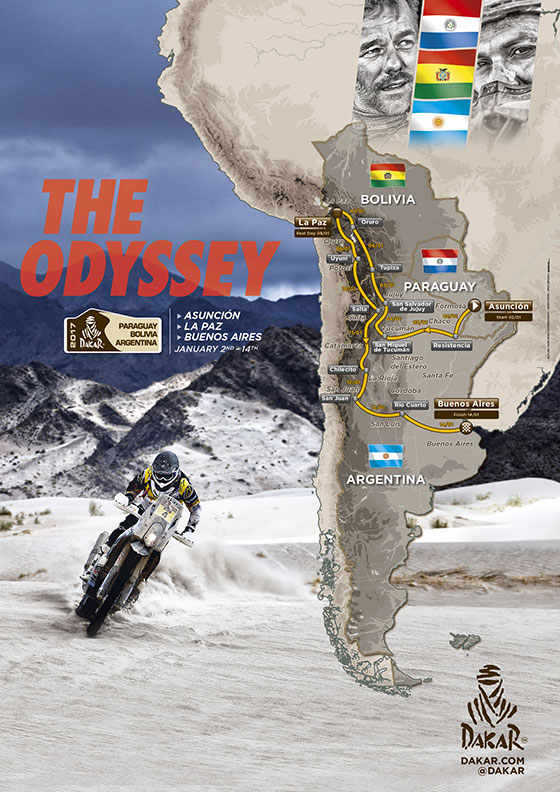
“The route of the 2017 Dakar preserves rally-raid traditions, with a physical challenge that will push the competitors into the world of extreme endurance: 7 selective sections will be over 400 kilometres with one of more than 500 kilometres. The rally will be spent 6 days at more than 3,000 metres above sea level. The balance of difficulties can be illustrated by a double upward trend: the level of difficulty will increase just until the rest day, then a second increase in power will be necessary, to reach one’s ideal level for the “Super Belén”. Nothing will be decided until the very last special stage at Río Cuarto”.
Route details: http://www.dakar.com/dakar/2017/us/route.html
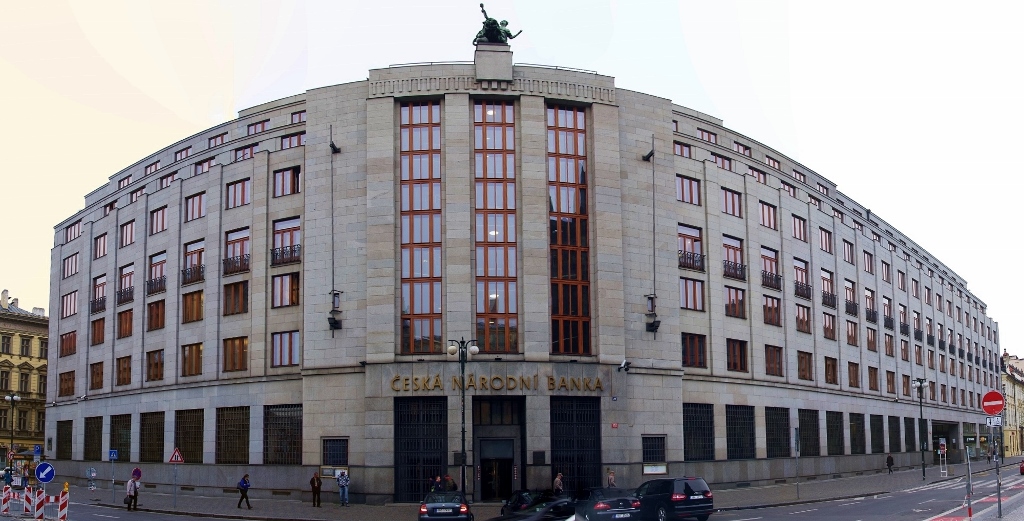
By Jason Hovet | PRAGUE
Truckmaker Tatra, along with other Czech companies, has decided the time is right to protect its export revenues from the prospect of a stronger crown from next year.
Tatra’s hedging has been prompted by a shift in forward prices as investors bet the crown EURCZK= will gain when the Czech National Bank (CNB) frees it from a currency peg imposed during 2013 to fight deflation.
The central bank is guiding the market towards a mid-2017 exit, as Czech growth nears 3 percent and inflation is forecast to return to a 2 percent target next year.
The cap has provided companies with a free exchange rate hedge and, according to the Exporters Association, earned them 580 billion crowns ($22.81 billion) in extra revenue.
But analysts and companies expect the removal of the peg, which knocked the crown by as much as 7 percent when it was set, will cause the currency to jump, hitting firms in an economy where exports are equal to 85 percent of gross domestic product.
“We are looking to hedge mainly in 2018 and 2019. I started with 2018 and now I would like to catch some forwards for 2019,” Tatra’s Chief Financial Officer Radek Strouhal said.
Hedging is just one way exporters are readying for the new era. Many are looking for procurement contracts in euros, leaving them to worry only about paying wages in crowns. Others are taking loans in euros to benefit from a rise in the crown.
Tatra has done both, Strouhal said, and started hedging due to the shift in forward prices, initially covering about 300,000 euros per month in contracts, a fifth of what it needs.
The 1-year implied crown rate was at 26.72 per euro on Monday, up from 26.93 in August and a spot rate of 27.04. It firmed to as much as 26.54 in October. EURCZK1YV= EURCZK1Y=
WAKE UP CALL
Foreign exchange trading desks say hedging activity has risen since October, with the drop in the rate companies can hedge at a “wake-up call” for some.
Six of seven dealing desks contacted by Reuters said hedging interest was rising, although no data is available. Activity should also grow more in the first quarter as the central bank has pledged not to remove the cap before then.
Most firms stopped hedging when the crown firmed to 27 against the euro at the end of 2015. Exports hedged for a year fell to 25 percent in the second and third quarters, a CNB survey showed, from close to 40 percent previously.
The trend is turning, leaving scope for a significant pick-up as exporters’ annual revenue is about 120 billion euros.
That could add to rising speculative crown flow that has led the central bank to buy billions of euros a month from spot markets. Foreign reserves have grown to $85.9 billion, or 45 percent of GDP, from 21 percent in 2012, and are bigger than Canada’s reserves of $83.1 billion.
Most analysts expect the regime will be over by the end of 2017, even with the risk an extension of the European Central Bank’s bond-buying delaying the exit.
There is uncertainty, though, over how much and how quickly the crown will gain. A Reuters FX poll on Dec. 1 saw the crown at 26.27 versus the euro in one year.
The Exporters Association sees the crown returning to pre-intervention levels, of 25.50-25.80 per euro.
If investors pile into the crown now, the initial jump may not be big. But analysts see the currency as undervalued by about 5-10 percent given economic growth and trade surpluses.
To be ready, a fifth of companies now use supplier or customer contracts in euros, up from 14 percent three years ago, a CNB and Industry Confederation survey showed.
Karel Havlicek, head of Sindat group and chairman of the small- and medium-sized business association AMSP, said firms must prepare at least six months before the cap exit.
Sindat, a group of bio- and nanotechnology firms with sales of 20 million euros, naturally hedges four-fifths of revenue through its contracts. On markets, it is hedging about 2.5 million euros to be ready for a cap exit it expects in mid-2017.
“Natural hedging is the best solution,” Havlicek said.
A quarter of company loans are now in euros, versus 20 percent a year ago, CNB data shows, with DEK, an importer and building materials distributor, one example of a firm financing investments in the European currency.
“It is a good long-run bet,” finance director, Jan Bolek, said.
For a graphic showing interventions in Czech crown, click here
(Editing by Alexander Smith)

